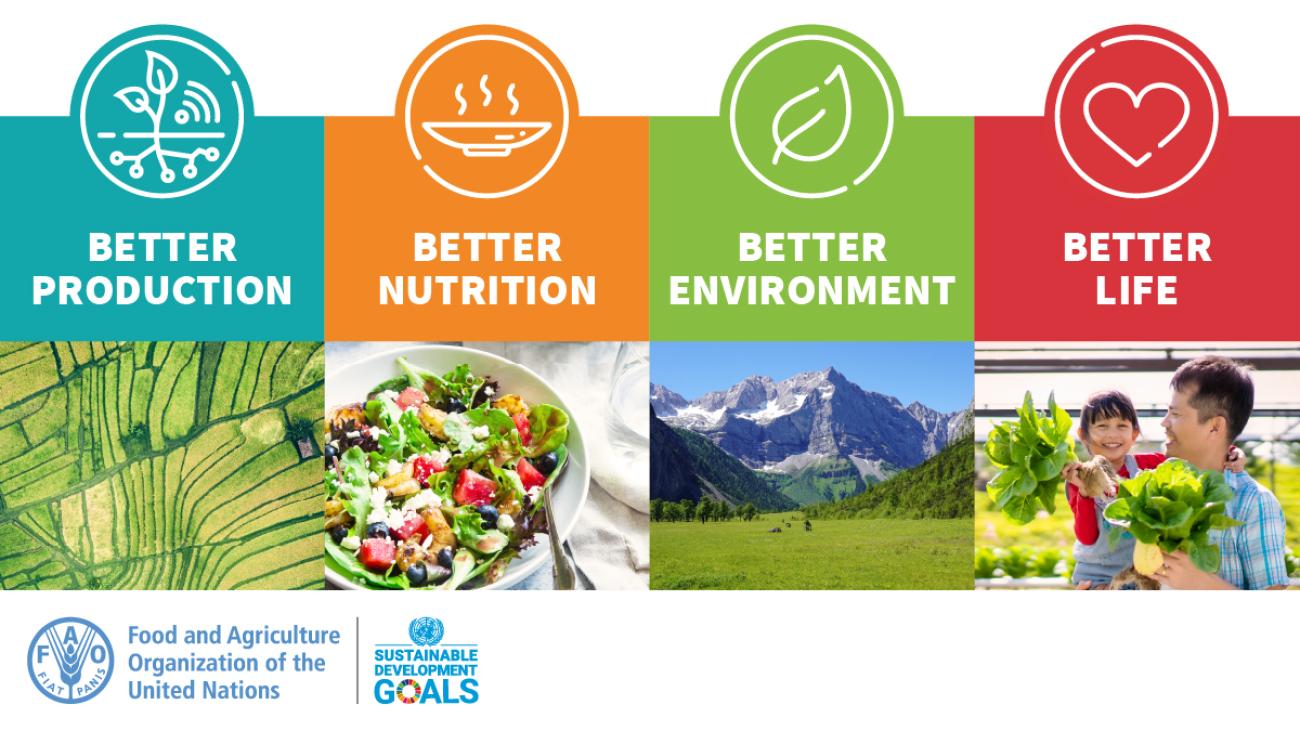Expanding the use of Conservation Agriculture in South Africa

Conservation agriculture has proved to increase yields and reduce production costs for farmers in Newcastle and Bergville in KwaZulu-Natal province
Celiwe Mazibuko, a farmer and a young mother from KwaZulu-Natal Province, increased the yield of her soya beans from 1.2 tons to 2.5 tons per hectare using Conservation Agriculture (CA). The increase meant more profits coming in. She is now able to use some of the money to purchase her own fertilizer spreader and trailer which saves her production costs and time. Furthermore, she can spend more time with her family.
Celiwe’s success story in CA is one of several shared by farmers in Newcastle and Bergville, during the three-day exchange field visit that brought together fellow CA farmers from Limpopo. Farmers in Limpopo are still emerging in terms of adopting CA, whereas KwaZulu-Natal farmers, mostly in the midlands, have advanced in the adoption of the CA approach and its three principles: minimizing soil disturbance (no-tillage), providing permanent soil cover and diversification of plant species.
Creating awareness of CA
The field visit and CA awareness events were facilitated by the South Africa Department of Agriculture, Land Reform and Rural Development with support from the project “Strengthening Coordination, Scaling up and Governance of Conservation Agriculture in Southern Africa”. The project is being implemented by UN Food and Agriculture Organization (FAO) with financial support from Norwegian Agency for Development Cooperation (Norad).
Through partnerships, the project has strengthened the operational capacity of the CA platforms by rallying key CA stakeholders in the country. Conservation Agriculture initiatives are coordinated through a National Conservation Task Force.
In South Africa, the project is complimenting the Department of Agriculture, Land Reform and Rural Development CA outreach initiatives, one of which is the provision of CA implements and mechanization to smallholder farmers.
Farmer-to-farmer knowledge exchange
Conservation Agriculture techniques as well as good practices were presented, discussed and documented during the field exchange visit.Farmer-to-farmer discussions were facilitated, and opportunities for engagement and knowledge sharing between the participants of the excursion were created.
Makhale Ratshilumela, a farmer from Limpopo – after the field tour – is convinced that CA is the farming system of the present and the future. He is determined to adopt CA and share the experience with his neighbors back home.
“I have observed that the crops are looking healthy, the fields don’t have weeds but most importantly, these farmers have seen an increase in yield since adopting CA. I have been encouraged to adopt CA so that our grandchildren and great grandchildren will also benefit,” Makhale said.
Improving food security and livelihoods
Just like Celiwe, Sibusiso Sithole from Bergville, is reaping the benefits of CA. The system was an unknown to him as in his family they were used to farming in a conventional way using tractors and implements. Sithole practices no-tillage principle that has helped him not only to keep the organic matter high in the soil because there is little disturbance to the soil, but also reduce the cost of fuel related to preparing the land for planting and weeding.
“With CA I have minimum use of the tractors because I do not plough the soil. All I do is rip the soil, plant and control weeds, pests, and diseases. I am able to harvest quality produce every time.
I would encourage other farmers to join CA. This kind of farming has helped me to be able to put food on the table for my family and many other families as many employment opportunities in the country especially in rural areas have reduced significantly,” Sithole said.
Why conservation agriculture matters
Conservation Agriculture improves nutrient use efficiency, and stabilizes and protects soil from breaking down. CA principles are universally applicable to all agricultural landscapes and land uses with locally adapted practices.
Agriculture is dominated by rain-fed smallholder production systems which offer little resilience to the dynamics of climate change and variability. CA enables soil to retain preserve moisture and make the crop survive better under drought conditions.
Across Southern Africa, it is common to find productivity levels of less than 1 MT/ha for cereal grains like maize. Such productivity levels are not viable and can neither guarantee farming households with either food and nutrition security or income from sale of surplus produce.
CA partners in Southern African countries have over the years generated CA knowledge that can be shared across the region in order to increase acceptance by farmers.












